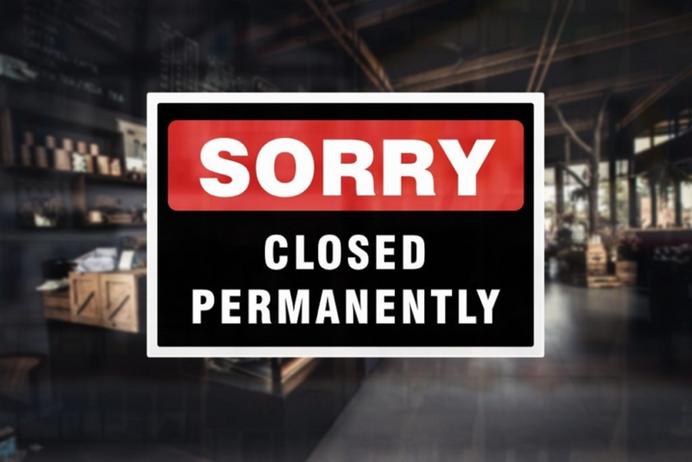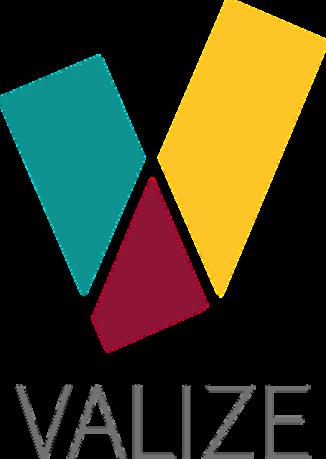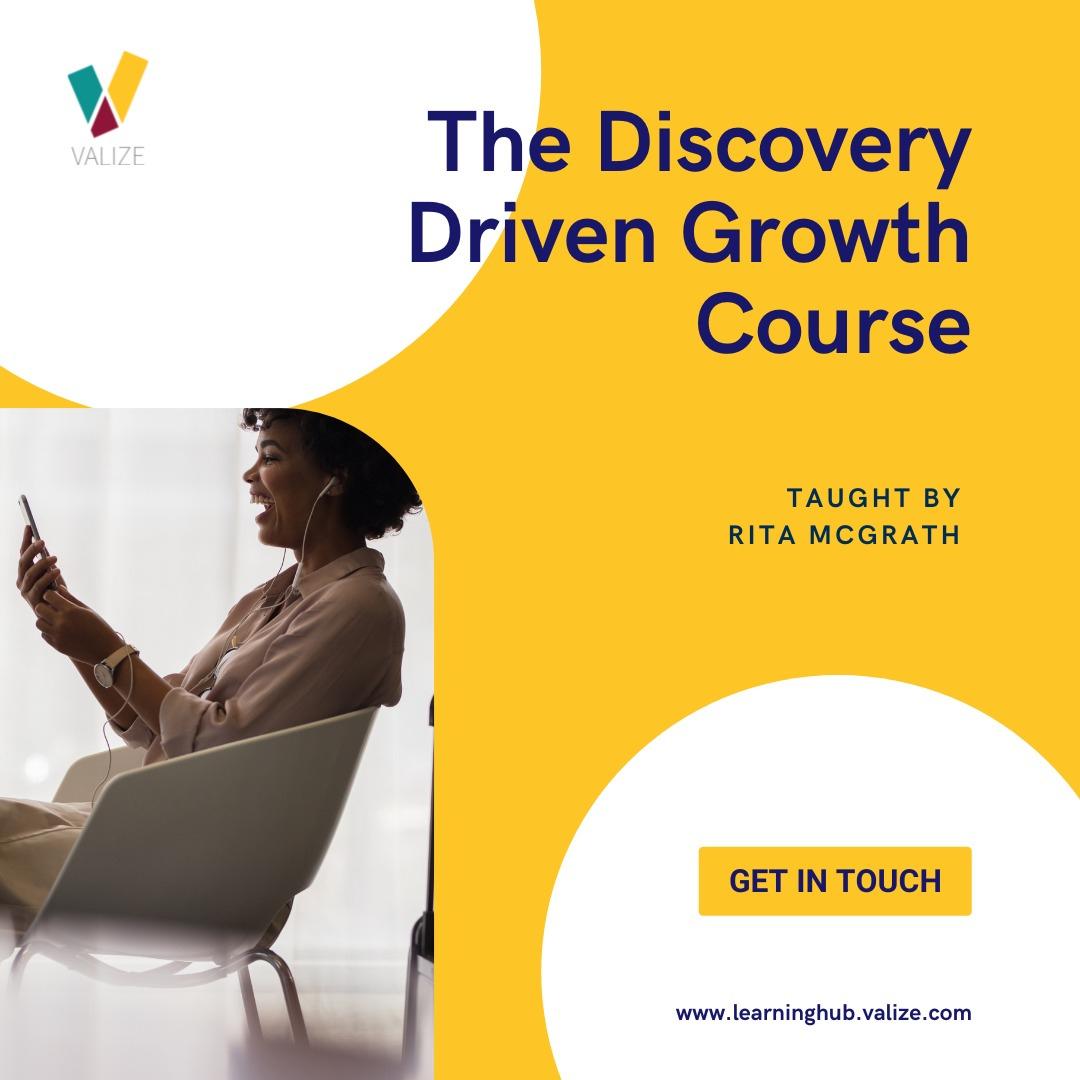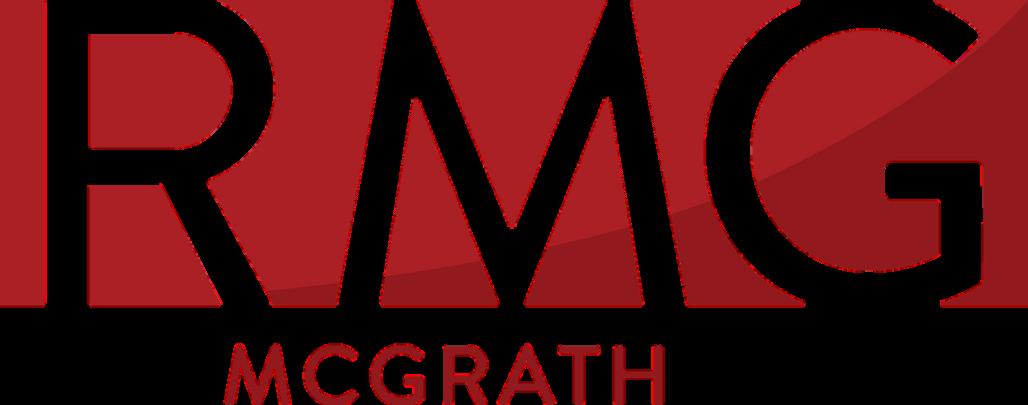When Terrible Things Happen To Good Innovation Projects…
 Rita McGrath
Rita McGrath

 Rita McGrath
Rita McGrath

OK, we have finally realized that innovation and transformation are not optional for the long run well-being of a large enterprise. But that is a far cry from having the capability to do something with that understanding. The good news is that the things that sink innovation efforts are often easy to identify and eliminate.

At the time, I observed, politely, that I didn think they were going to get anything out o this effort because the key core processe were not connected to one another.
So fast-forward to 2022, and in casual conversation with a senior leader at the firm, he said my casual remark had becom company legend. As I predicted, they spen literally billions and got nothing out of it.

In 2017, I was invited to a meeting with a huge global manufacturer. They were proudly establishing a brand-new innovation function. It would have its own budget, freedom to pursue promising projects with exponential growth potential, and would be staffed by the technically best and brightest. The company itself had a great brand, and senior leadership was behind the effort. The budget was eyepopping and their physical space was gorgeous – a purpose-built facility. But…

Let’s start with an overall concept, which is that as Safi Bahcall, Geoffrey Moore, Curt Carlson and Gina
O’Connor and a whole lot of other bright people have concluded, innovation is not just one process. There are at least three, with subprocesses for each.
The first is ideation. Getting great ideas, getting other people enthusiastic about them and nurturing them are all part of this process. Despite popular belief, ideation is not usually the problem. So I’ll get called into conversations that go something like this: “We are setting up an accelerator (or incubator, or studio and to figure out what we should be working on we need to have an innovation bootcamp.” Unfortunately, this is all just finding a place to put your innovation theater.


The second phase of an innovation’s life is incubation. This is going from a concept in someone’s head to a working prototype that you can use to get real feedback from real customers. This is often the stage at which there is a definable team, with people working full-time on the project.


Now, your great little business, which might have been in an incubator or corporate staff location, needs to “ grow up” and join the corporate parent. Incubators and corporate staffs should not be scaling new businesses, so you’ll have to figure out where its best go-to-market location is.


Our goal at Valize is to clarify and simplify the process of innovation. Way too many great people spend way too much time working on ideas that are not going to work out, aren’t going to be big enough even if they do work out or get rejected by their parent companies after all that time and energy has been put into them.

Our SparcHub software was designed to address exactly the problem that doomed this manufacturer’s innovation efforts. It creates transparency, captures information in real time and connects your strategy, your budgets, your project governance process and what your people feel they are going to be rewarded for. Contact growth@valize.com for a demo.

More topics?
Is there a topic you’d like see me feature in a future Thought Spark? I’d be delighted to know about it. For that, write me at rdm20@gsb.columbia.edu.


https://thoughtsparks.substack.com/
